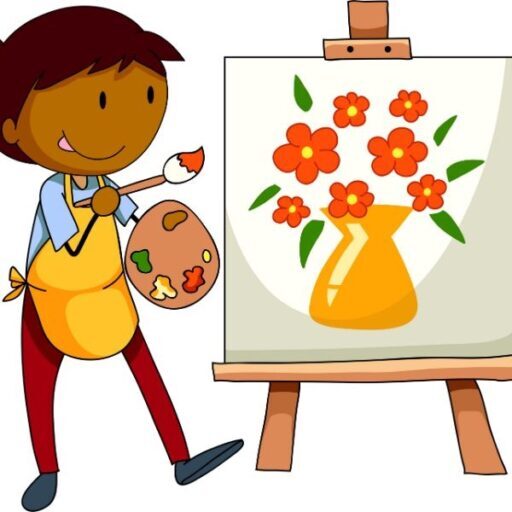Art can uplift, enthrall, and heal. For kids, participating in artistic endeavors extends beyond simply amusement.
It might be a therapy that fosters their cognitive and emotional growth.
Children can express themselves freely and safely via art therapy as they explore their emotions, make sense of their experiences, and learn valuable skills.
Here are some details on the advantages of art therapy for kids, emphasizing how it has a favorable effect on their development and enjoyment as a whole.
Offers Emotional Expression Along with Self-Confidence
It provides a platform for emotional expression alongside self-confidence and self-esteem.
Children can express their emotions in non-verbal ways through art therapy.
They can express feelings that might be challenging to express in words through the use of colors, shapes, and creative inquiry.
This procedure can give kids a greater understanding of their feelings and a constructive means of letting them out and expressing themselves.
Children can express their original thoughts and tap into their creativity by participating in arts-related activities.
They feel a sense of success and a boost in self-confidence when their artistic creations come to life.
Children that receive art therapy develop good self-esteem as they are encouraged to take chances, make decisions, and trust their creative instincts.
Offers Stress Relief As Well as The Ability to Problem Solve
Children can relax and receive therapeutic benefits through art.
Participating in artistic pursuits can lessen stress, anxiety, and even behavioral problems.
Making art is a concentrated, meditative activity that encourages unwinding and awareness.
Children can use art therapy as a healthy coping strategy to manage and release stress in healthy ways.
Children who receive art therapy are encouraged to think creatively and develop original solutions.
Making art forces students to confront problems and make choices, which develops their ability to think critically and solve problems.
An essential tool for their cognitive growth, art gives students a place to experiment, learn from their mistakes, and find new solutions.
Enhancing Social and Emotional Skills
Children can engage and work together with classmates when art therapy is practiced in a group setting.
They acquire crucial social skills like sharing, listening, and taking turns through joint artistic endeavors.
Children who get art therapy also develop empathy as they use the creative process to explore their feelings and those of others.
Art activities encourage sensory integration by involving all of a child’s senses.
Through art-making, kids can investigate and include a variety of sensory experiences, from the way the paint feels on their fingertips to the aroma of markers.
This can be especially beneficial for children with trouble processing sensory information since art therapy gives them a safe and enjoyable method to engage with their senses.
Emotional Control and Communication Development
Art therapy can be a good choice for children who have trouble using their words to communicate with others.
In fact, these children can use their art to communicate what they think they can’t express in words.
One way art therapy helps children with their language skills is to get them talking about their artwork. They get to explain how they made it and what it means to them, giving them more confidence.
Art is a way for children to feel their feelings and express them in a way that is not destructive, which leads to more emotional control.
These children can focus on their actions and shift their feelings away from disturbing thoughts and feelings.
Art therapy gives children a way to explore their emotions using creative expression. As a result, children have more emotional control and resilience.
Explore Cultural and Self-Identity for Personal Fulfillment
Children can explore their cultural background and sense of self through art therapy.
Children can establish a connection with their roots by combining symbols, colors, and themes specific to their origin and fostering a greater sense of cultural identity.
Children who participate in art therapy are given the tools to express their originality and accept their unique qualities.
Children who participate in a creative process that is fun and significant to them experience delight and personal fulfillment.
They can freely express themselves, let their imaginations run wild, and explore their ideas via art creation.
Making art and witnessing their creations come to life gives people a sense of satisfaction and success that fosters intense delight and personal fulfillment.

